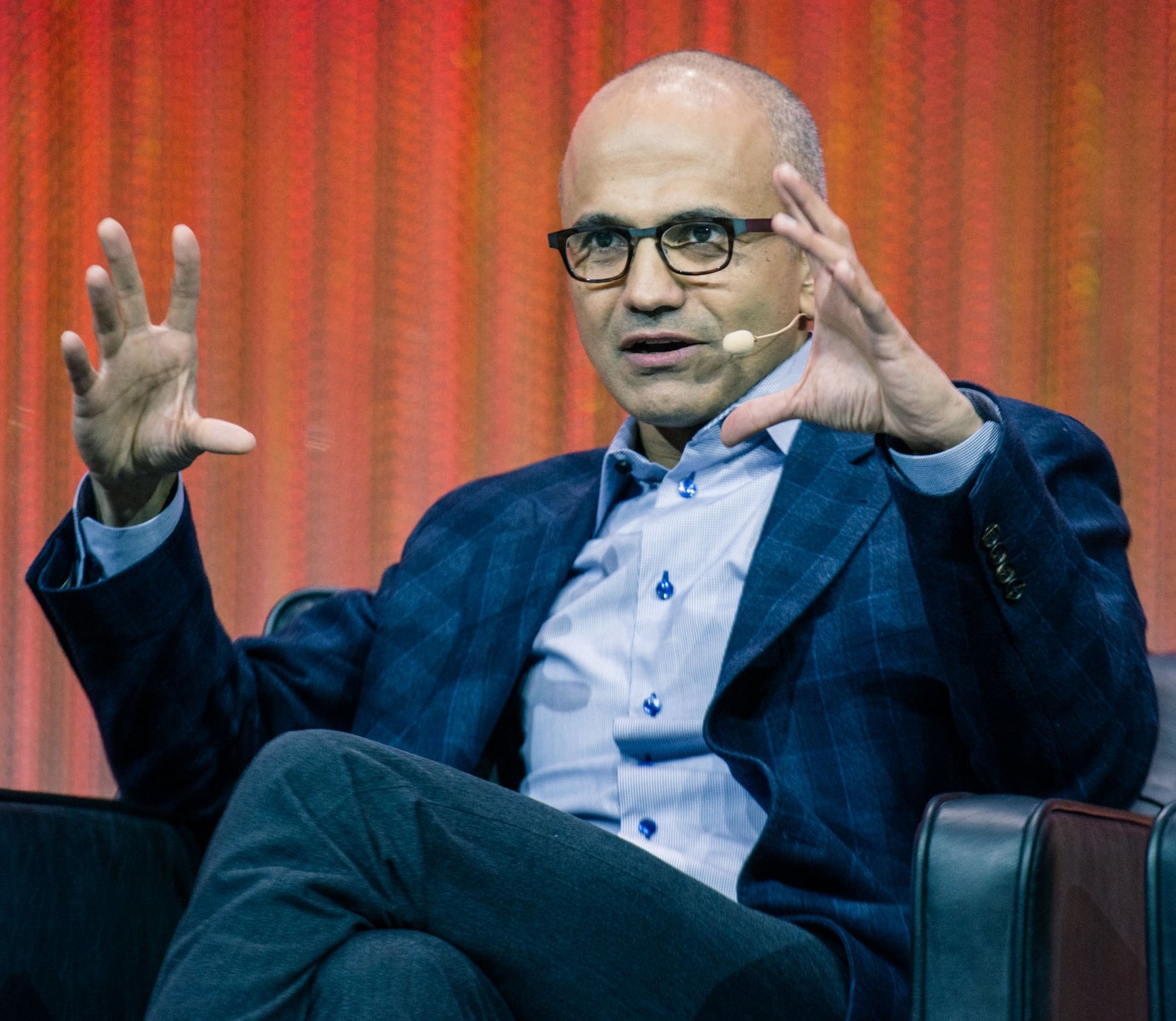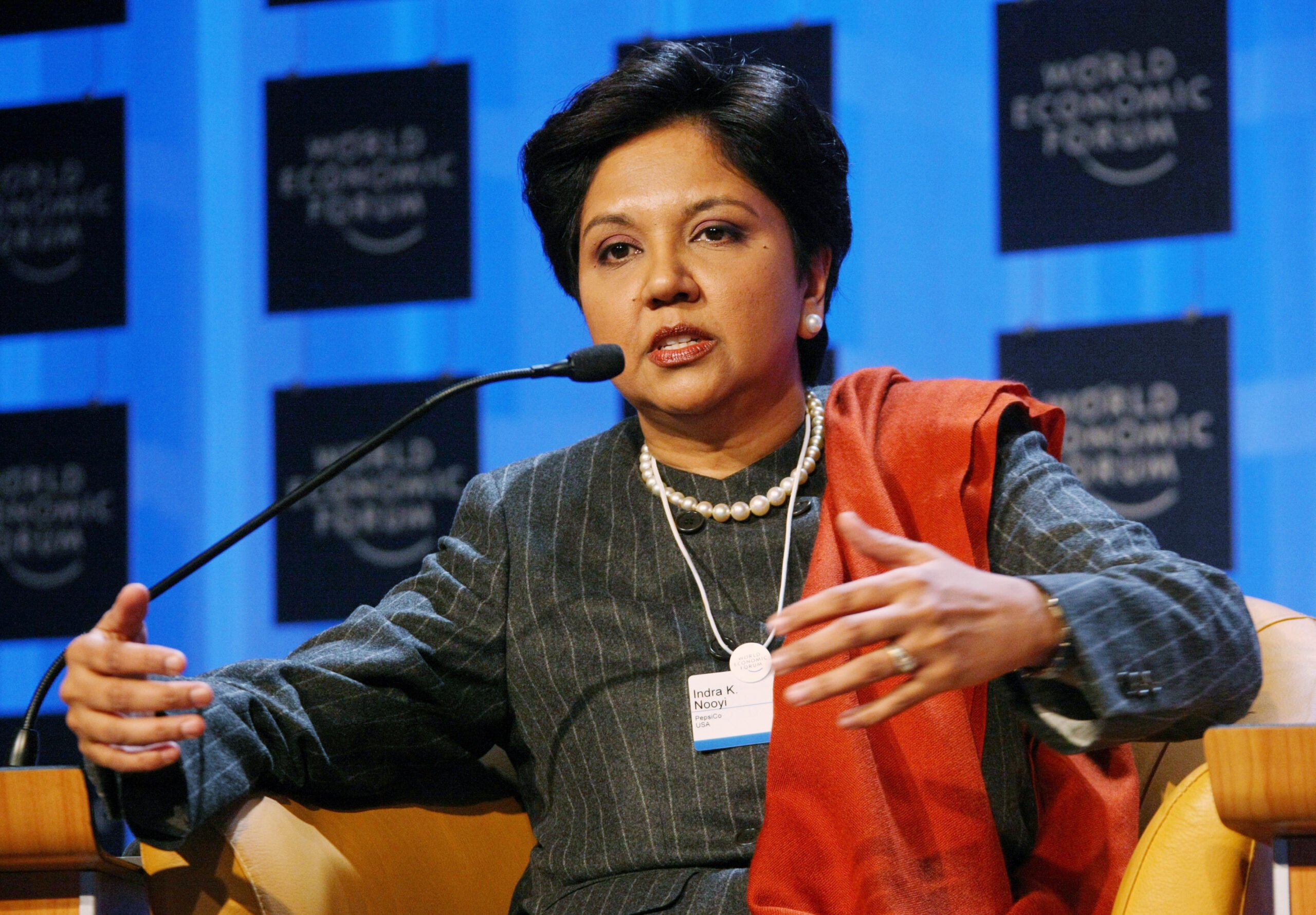How to Create a Strategic Narrative

“It just works.” Apple co-founder Steve Jobs loved repeating that simple slogan, which sums up how the products and services in the tech giant’s ecosystem work seamlessly together.
That phrase is part of Apple’s strategic narrative, the story a company tells about itself to show its value and build an emotional bond. For people inside and outside the business, it can be a North Star.
By taking the right steps, any company can create and share such a story. Keep reading for our guide to what a strategic narrative is, why it matters and how to build one, plus some more real-life examples.
What are the key components of a strategic narrative?
First, let’s look at the building blocks a company needs to create a strategic narrative.
Almost every effective strategic narrative has several key features:
- Clarity: Distills complex strategy into clear language
- Vision: Paints a picture of the world the company wants to build
- Emotional impact: Connects with human values
- Catchiness: Can be boiled down into a memorable phrase
- Consistency: Tells the same fundamental story across different mediums and channels
A good strategic narrative also has a “why” — speaking to a larger mission that shows the company is more than just another business.
Why strategic narratives matter
When an organization creates a strong strategic narrative, it can have a powerful impact on customers, employees, investors and other stakeholders.
There are few reasons why a narrative — in other words, a story that ties elements together in a single thread — is such an effective tool for reaching and persuading people. First, everyone enjoys good storytelling. If a brand is associated with a meaningful story, three-quarters of consumers are more likely to remember it.
If people really love a brand story, 55% are more likely to buy the product later, 44% will share the story, and 15% will buy the product right away. Also, customers who feel emotionally connected to a brand have triple the lifetime value of those who don’t.
A strategic narrative should be part of a broader thought leadership strategy that positions you or your company as an authority in your field.
Who should share strategic narratives?
For companies, one of the most important questions is who should deliver their strategic narrative. Hint: Don’t relegate it to an anonymous press release or company blog post. For maximum impact, this message should be shared by a real person.
The best people for the job? The founder, CEO or other members of the leadership team, who should be a company’s go-to storytellers. A strategic narrative is a key piece of their thought leadership, which connects them with their audience and helps the brand stand out in a crowded marketplace.
That might sound simple, but getting it right is no easy task. That’s why a strategic narrative should be part of a broader thought leadership strategy that positions you or your company as an authority in your field.
Strategic narrative examples
Many business leaders have taken it upon themselves to deliver and champion their company’s strategic narrative. Here are a few standout examples.

CEO Satya Nadella’s vision for Microsoft positioned the tech giant at the intersection of opportunity and responsibility. Credit: Wikimedia Commons
Satya Nadella and Microsoft: Empowering the World
When Satya Nadella took over as CEO of Microsoft in 2014, he had his work cut out for him. For starters, the tech giant had missed the boat on smartphones. And as consumers and businesses shifted to mobile and the cloud — where Microsoft was a laggard — the shrinking PC market was hurting its Windows business.
Nadella quickly began reinventing Microsoft as a major cloud player and embarked on a series of bold acquisitions. He also gave the company a potent new strategic narrative. In 2015, Nadella shared his mission statement for Microsoft with employees: “To empower every person and every organization on the planet to achieve more.”
That statement, which endures to this day, positioned Microsoft at the intersection of opportunity and responsibility — focused on creating a future that benefits everyone.
Nadella’s pivot and his choice of strategic narrative paid huge dividends. A decade after he took charge, Microsoft stock had surged roughly 1,000% in value. That increase made it the second company ever to reach a market capitalization of $3 trillion.

As CEO, Indra Nooyi reframed PepsiCo as a company that balanced financial performance with social responsibility. Credit: Wikimedia Commons
Indra Nooyi and PepsiCo: Performance With Purpose
As unlikely as it might sound, PepsiCo was one of the first major US corporations to embrace sustainability. Back in 2006, soon after taking the helm, CEO Indra Nooyi launched Performance With Purpose.
Essentially, this strategic narrative reframed the maker of soda and snacks as a company that balanced financial performance with social responsibility. By connecting the dots between business growth and human values, it defused criticism of the company’s products and helped attract people who wanted to work for a purpose-driven employer. Nooyi told the story herself, sharing her thought leadership in interviews and public appearances.
Partly thanks to Performance With Purpose, Pepsi thrived. The company’s share price almost doubled by the time Nooyi stepped down as CEO in 2018, along with annual revenue, which grew from $35 billion to $63.5 billion. Along the way, Pepsi also took concrete steps to go easier on the environment. For example, between 2006 and 2015, its water-use efficiency rate in legacy operations worldwide improved by 26%.

Salesforce co-founder and CEO Marc Benioff kept telling the story that the software company was a disruptor. Credit: Wikimedia Commons
Marc Benioff and Salesforce: The End of Software
Marc Benioff, who co-founded Salesforce in 1999, positioned the provider of customer relationship management (CRM) software as a disruptor. His rallying cry: “The end of software.”
Both a mission and a marketing statement, this cheeky strategic narrative drew a line in the sand. It pitted Salesforce’s cloud-based delivery model against the clunky on-premises software of yesteryear, spinning a technical edge into a pushback against complexity. On an emotional level, customers could easily relate to the pain point Benioff was describing and his promise of a better user experience.
To get the word out, the Salesforce CEO kept repeating that story in interviews and elsewhere, becoming synonymous with his now-famous catchphrase.
Benioff was onto something. By pioneering software as a service (SaaS), he built Salesforce into an industry giant. The company, which went public in 2004, posted almost $35 billion in revenue last year.
What are some best practices for strategic narratives?
For any company that wants to get their strategic narrative right, a few best practices can make a big difference.
Make it relevant
Ideally, your company’s story captures the zeitgeist. Many strategic narratives tap into news and current trends, while also pursuing an angle that’s relatable and even universal.
For Airbnb’s 2014 rebrand, co-founder and CEO Brian Chesky went with Belong Anywhere. That narrative tapped into people’s growing desire for meaningful travel experiences, as well as the rise of the sharing economy.
Find the right human storyteller
Ideally, the executive delivering a strategic narrative has their own voice as a thought leader. That gives the story authenticity and helps build a connection with the company’s audience.
Take Patagonia founder and CEO Yvon Chouinard, a plain-spoken champion of the environment and corporate social responsibility who argues that no business is “sustainable.” At the outdoor apparel maker, his voice shines through in campaigns like Don’t Buy This Jacket, which urged people to consume less clothing.
Harness the power of message repetition
One of the best ways to ensure that your strategic narrative makes an impact? Share it across different platforms and media in a consistent way.
At General Motors, the key message from CEO Mary Barra is “Zero crashes, zero emissions, zero congestion.” Barra has repeated that mantra — which has its own built-in repetition — everywhere from conferences to interviews to communications with stakeholders.
Explore building your own strategic narrative
Building a strategic narrative that sticks is easier said than done. Not only do you have to create a compelling story, but you also have to find effective ways to amplify it.
Here’s where a specialized storytelling or thought leadership agency can help. Besides helping you craft a strategic narrative, they identify who your most impactful thought leaders are and the best delivery channels.
Typically, those include LinkedIn and other social platforms, plus a mix of earned media and bylines you create and place with their assistance. Podcasts and public speaking engagements are two other ways to share your strategic narrative..
Doing all this is easier said than done, especially if you’re a busy leader with other day-to-day responsibilities. A thought leadership agency can help with the heavy lifting. To book a consultation, reach out here.
Curious How Your Company’s CEO is Doing on LinkedIn?
We specialize in helping executives put their best foot forward. If you’re curious how your company’s CEO is doing on LinkedIn, share a link to their profile, and we’ll prepare a customized CEO LinkedIn Impact Report Card like this. Follow this link to see how your CEO stacks up.
Follow this link to see how your CEO stacks up.



